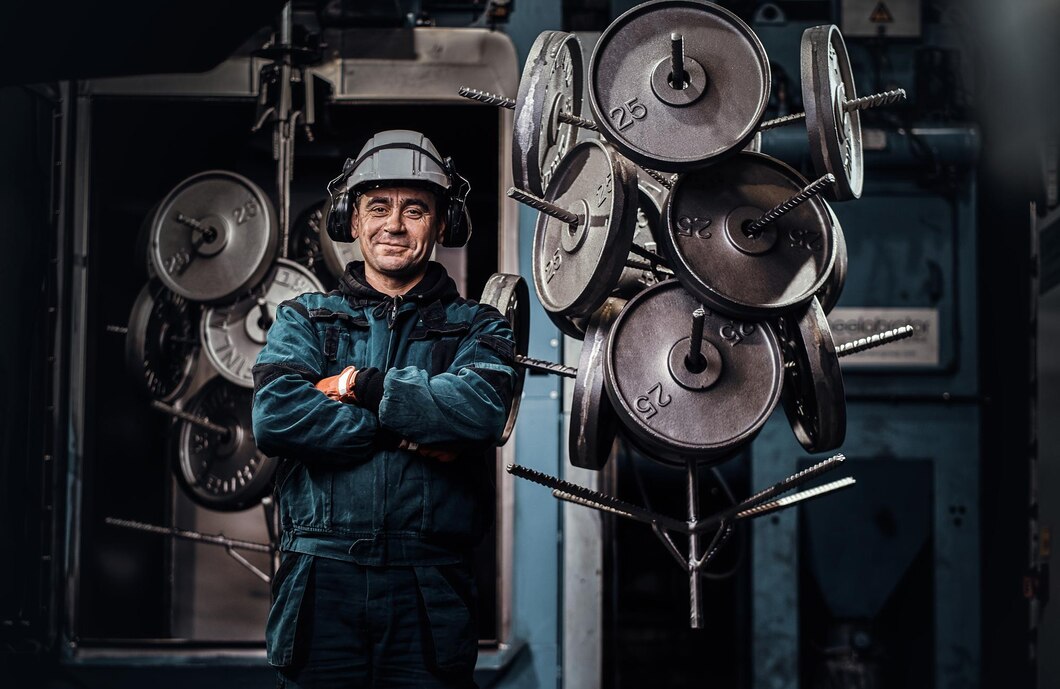
Sponsored article
Industrial safety and operational efficiency are heavily reliant on proper equipment management. An often-overlooked aspect of this management is tank repair and maintenance. This essential practice can impact several crucial areas in the industrial sector, from productivity to safety. Beyond mere problem-fixing, consistent tank upkeep serves as a strategic tactic for long-term success and sustainability in the industry.
Proactive tank maintenance plays a pivotal role in increasing industrial efficiency and operational productivity. When ongoing upkeep is handled by professionals like Southern Industrial Linings, the lifespan of your equipment can be significantly extended, reducing potential downtime and limiting disruptive, unplanned repairs. This consistent attention to maintenance translates into a smoother, more efficient operational process. The resultant boost in overall productivity not only saves valuable resources but also has a positive impact on the bottom line. Remember, the condition of your tanks directly influences the efficiency of your industrial operations.
The crucial role of tank repair in industrial safety cannot be overstated. Regular tank repair and maintenance is essential not only for the smooth operation of the industrial unit but also for preventing industrial accidents. Aligning with safety standards, competent tank repair ensures a safer work environment, decreases potential hazards, and increases the lifespan of the tank system. Neglecting these preventative measures can lead to severe consequences, including damaging leaks or catastrophic failures. Therefore, regular professional tank repair is an essential practice in implementing safety standards and preventing industrial accidents. The added bonus is that it also prolongs the functional life of your industrial tank systems.
When considering tank repair and maintenance in the industrial sector, an important cost comparison emerges: preventive maintenance versus breakdown repair. Preventive maintenance is an upfront investment, designed to extend the lifespan of equipment, while breakdown repair is an unforeseen expense that only arises after a malfunction. The primary savings from preventive maintenance come from the avoidance of breakdown repair costs, which can be significant. Some key differences in costs include:
By maintaining equipment and avoiding breakdowns, companies can save substantially in the long run.